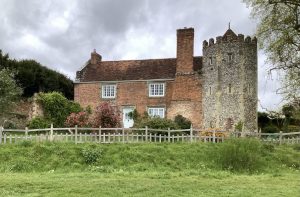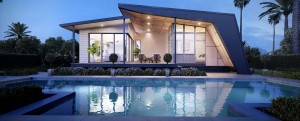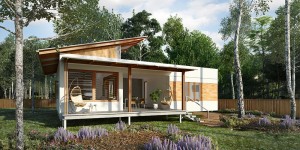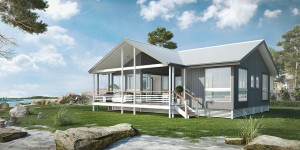Granny Flats have undergone a remarkable transformation, becoming one of the most versatile and affordable housing options in Australia today. Once considered a simple extension for ageing relatives, they are now recognised as valuable assets for multigenerational living, investment opportunities, and even as a possible solution to the housing crisis.
Origins of the Granny Flat
The name “Granny Flat” comes from their early use as extra accommodation for elderly family members. While the name is fitting, their origins go back further. The concept began in the Victorian era with Dower houses—small, self-contained dwellings built on estates for widows, or dowagers, of the property owners. These homes allowed independence while keeping family connections strong, a tradition that continues in today’s multigenerational living arrangements.
Over time, as society shifted from sprawling estates to suburban living, the purpose of Granny Flats evolved. By the mid-20th century, they became practical alternatives for elderly relatives who wished to remain close to family without moving into aged care facilities. However, with the rise of the nuclear family and the growth of retirement living options, demand slowed, and Granny Flats became less common for several decades.

(Sourced from Flickr: A dower house)
The Modern Granny Flat
Fast forward to the 21st century, and Granny Flats are making a strong comeback. Rising property prices, increased living costs, and lifestyle changes such as working from home have renewed their popularity. Today, homeowners and investors see Granny Flats not only as a way to provide accommodation for relatives but also as an opportunity for Granny Flat investment with strong rental potential. They also offer flexible spaces for home offices, hobbies, or guest accommodation. (Explore more in our article: Why Granny Flats Are a Smart Investment for Your Home).
The new wave of interest has driven exciting innovation in modern Granny Flat designs. Stylish layouts, energy-efficient features, and high-quality finishes have made them highly desirable. This design evolution has also broadened their appeal. While downsizers once dominated the market, Millennials and Gen Z buyers are now embracing Granny Flats as an affordable entry point into the housing market. With property prices and rental costs continuing to rise, these dwellings are increasingly seen a potential solution to Australia’s housing challenges. (Read more in our article: Building Solutions to the Housing Crisis).



(Modern Granny Flats designed by Urban Granny Flat Solutions)
From Victorian-era Dower houses to cutting-edge affordable housing solutions, the Granny Flat has continually adapted to the needs of the time. As demand grows and uses expand beyond housing “grannies,” the name itself may eventually become outdated. What remains clear, however, is that Granny Flats have cemented their place as a smart, sustainable, and highly flexible choice for Australian homeowners


